Celebrating V.E. Day and Wartime Quilts
Published: Monday, 4th May 2020 16:55 PM
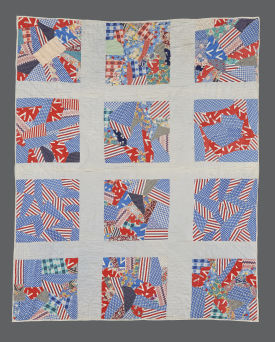
The 8th of May 2020 marks the 75th anniversary of V.E Day (Victory in Europe Day) when the allied forces announced the surrender of Nazi Germany and the Second World War came to a close in Europe. After years of rationing and hardship, civilians on the Home Front celebrated with great Community spirit, coming together in street parties and celebrating under strings of coloured bunting.
Making patchwork and quilts during wartime was difficult, as fabric was one of the many things in short supply. Times were also pressured and hard, and with so many men away fighting the War women on the home front took up employment in industry, manufacturing and transportation to keep society running, as well as continuing with their usual domestic duties. Women were encouraged by Mrs Sew and Sew to Make do and Mend to ensure the family had sufficient clothing, patching clothes, making one new outfit from two worn garments, repurposing adult clothing for children and pulling out worn woollen jumpers and re-knitting them. Keeping up family morale and providing for the basics of every day survival in unprecedented times of danger and anxiety must have created a great mental strain, and certainly leisure time for these crafts must have been as restricted as available materials. Any extravagant use of fabric was not just wasteful, it was unpatriotic.
Surviving examples of patchwork and quilting from the 1940s in The Quilters’ Guild Museum Collection include a good number of quilts sent to us in our hour of need from charitable organisations overseas including the Canadian Red Cross Society and the Imperial Order of Daughters of the Empire. Thousands of quilts were sent to help those whose possessions had been lost in the bombing raids across Britain, and were used in armed forces accommodation and hospitals. Made hastily from whatever was to hand, these quilts were often group projects, with each person making a block which could be then joined, backed, quilted and bound around the edge. Crazy patchwork was a popular design, as it could be made from many different scraps of fabric. Striped flannelette or brushed cotton was often used as a backing and the quilting varies from the quick and simple tying technique to very neat hand-quilting, depending on the time and skill of the maker.
The impact of these quilts on the people who received them was immense, and their memories of them show the long lasting effect of providing an object of comfort to someone in need in difficult times. The very stylish Hallville Canadian Red Cross Quilt was given to a family in Kent, whose house was hit by a doodlebug whilst they were away on holiday with their neighbours. With no house or possessions, the owner remembers staying at his grandparent’s house until they were able to find a new home in 1945, when they received a Red Cross parcel containing this quilt. The crazy block patchwork quilt was owned by a woman who ran hostels for bombed out Londoners and then a women’s officer’s hostel. The ‘V for Victory’ quilt, which contains a special patriotic print of the letter V with the dot-dot-dot-dash for V in Morse code, was given to the donor’s mother-in-law when she lived in West Croydon. Her home suffered damage five times during the air raids, and this quilt gave her some much needed comfort as her home and possessions were repeatedly destroyed. This one still has its Red Cross label attached to back, a generic organisational label that deliberately made the individual makers anonymous - this was a gift from a country and their people which didn’t single out the efforts of a specific contributor. Other pieces in the Collection have all the hallmarks of Canadian Red Cross Society production but the label is no longer intact. Despite the extraordinary circumstances there was still a stigma associated with receiving charity that made some recipients remove the label.
Fabric rationing continued until 1952 but for those who did make patchwork and quilted items they continued to do what they had always done throughout the history of the crafts and reused and recycled fabrics from items they already had to make necessary items for their households. The added bonus of finding a parachute that had come down nearby provided a large quantity of fabric that could be dyed different colours and put to good use. This rarely found its way into patchwork bedcovers due to its thin weight and silky finish, but this fabulous crazy patchwork dressing gown (below) shows it was perfect as a lining material - with ample to spare for other projects!
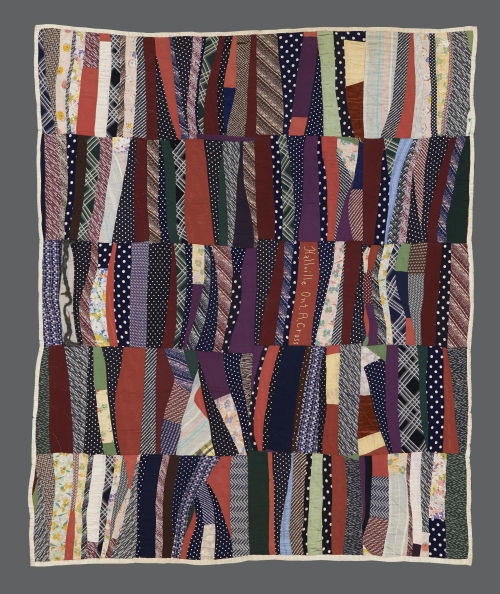 Hallville Canadian Red Cross Quilt
Hallville Canadian Red Cross Quilt
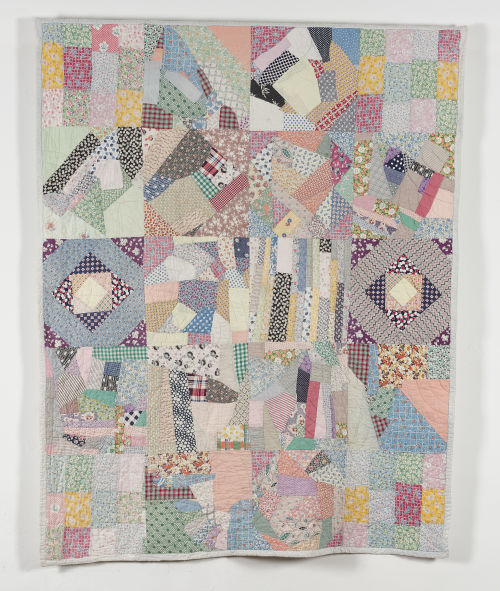 Crazy Patchwork Canadian Red Cross Quilt
Crazy Patchwork Canadian Red Cross Quilt
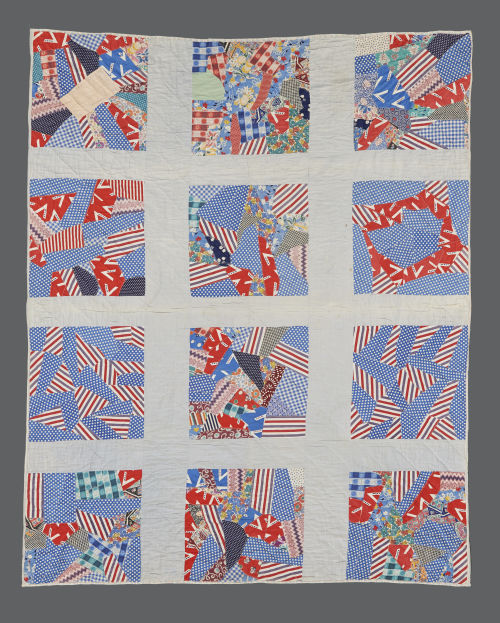 V for Victory Quilt
V for Victory Quilt
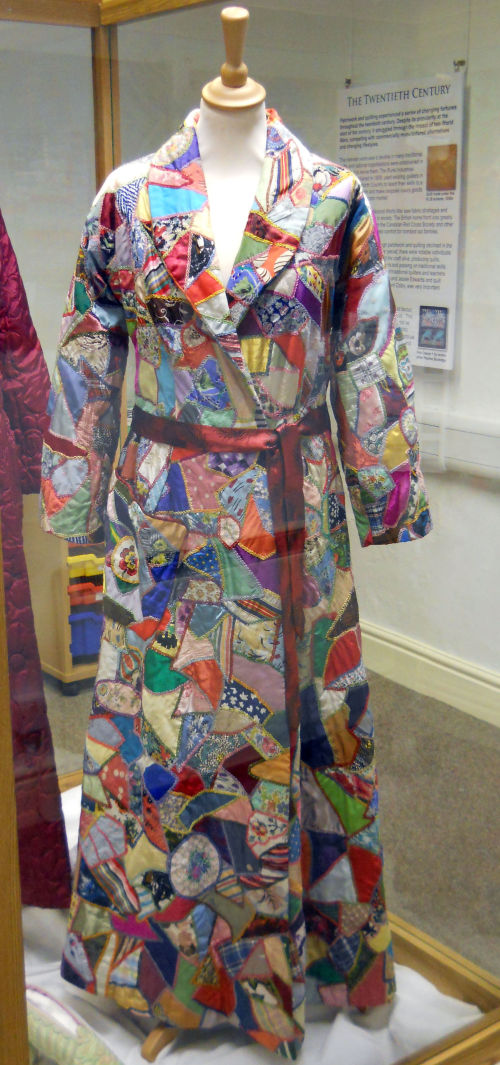 Patchwork Dressing Gown with parachute silk lining
Patchwork Dressing Gown with parachute silk lining